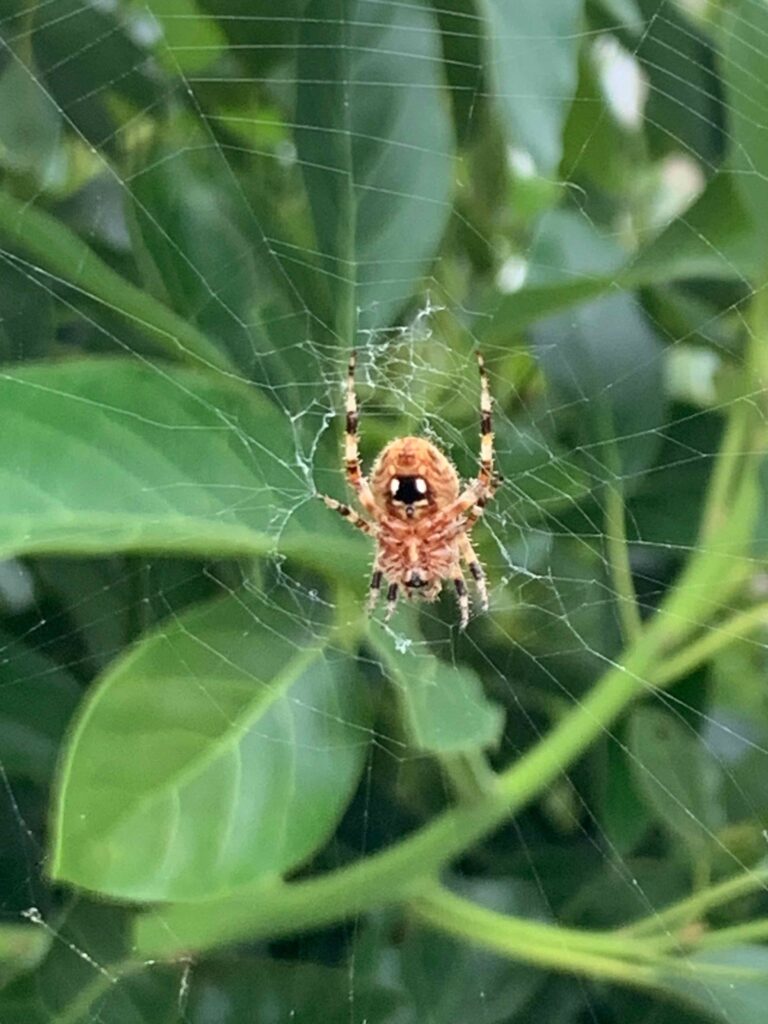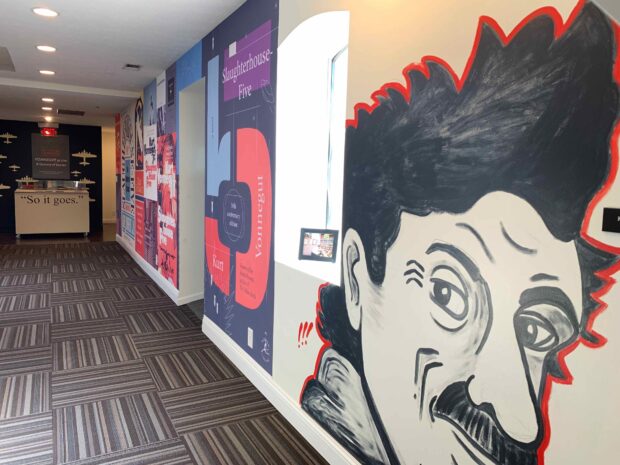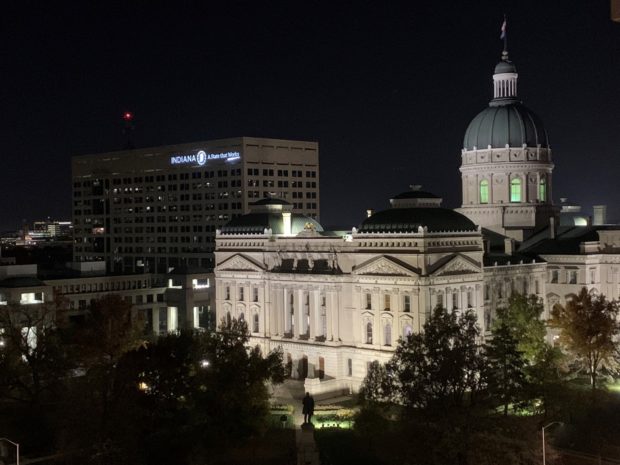“Every passing hour brings the Solar System forty-three thousand miles closer to Globular Cluster M13 in Hercules— and still there are some misfits who insist that there is no such thing as progress.”
(Kurt Vonnegut, Jr., The Sirens of Titan, epigraph, 1959)
Last week, I attended the 2023 Library Marketing and Communications Conference in Indianapolis. This is one of my favorite conferences to attend. It’s relatively small, relatively affordable (with meals included!), and attended by people who get me. Regardless of whether we work in academic libraries, public libraries, as librarians or as professional staff, we all speak the same language. We understand that not everything can go on the website. We know that fliers are a net waste of everyone’s time. We know that creating social media content is a specialized skill that few people actually do well. We realize that more promotion does not equal more awareness. We understand the power of storytelling. We value having a consistent brand. And yes, we all spend too much times on our phones, but secretly (or not) we enjoy it.
So here are a few of my takeaways from this year’s conference.
Burnout is real
Libraries cycle through outreach and communications folks like trends on Instagram. Constantly developing new ways to connect with users takes a toll on all of us. A number of sessions this year spoke to the necessity of setting up guardrails, taking time to step away, and the need to find ways to reconnect with your creative spark. Sadly, there wasn’t much talk about burnout being a systemic and organizational problem that needs to be solved at the management level, but that might be a result of there being so many new professionals in attendance.
Email is king, Instagram is queen, and existential dread
Everyone is looking for an excuse to get off X/Twitter. No one is interested in Threads. TikTok is banned in many states and the rest of us are reluctant to jump on. But email… email is king. Email offers a stronger analytics story, a closer connection to users, and a more dependable way to reach out. And it’s what our users want! A number of presenters confirmed what I’ve discovered at my own library: users prefer to be contacted by email. Instagram is a close second, but only as a vibe check. If email is for sharing information, Instagram is for sharing feels.
Social takes way more time than people assume
If it wasn’t apparent from my opening, one of the best aspects of LMCC is the collective kvetching. One strong theme this year was how many of our colleagues misunderstand the complexity of our work, most notably the time it takes to develop content. A 10-second Instagram post may only take an hour to film, edit, and post, but what you don’t see are the countless hours searching for inspiration: finding the right music, twisting the arms of the right colleagues, waiting for the right time of day to film, coordinating with all the other communications going out that day. We spend far more time consuming content than creating it, but that’s necessary for understanding how our work fits in with the ecosystem of any given platform.
What I’m reading
How I’ve Changed My Thinking About Burnout by Anne Helen Peterson
“I am doing less. I am lowering the bar. I am loosening my schedule. But I also have a fuller life, with so many places to direct my attention and time. It’s both less busy (with work) and more busy (with other life) than ever before.”
Nobody Wants Their Job to Rule Their Lives Anymore by Eloise Henry
“If I had a shorter work week and a dignified salary then they’d get a well-rested, enthusiastic and switched-on employee. Instead, they’re getting a poor and exhausted worker.”
Adopting the Perennial Mindset by Tara McMullin
“Quality-of-life guarantees could help people make life transitions—at any age—with more ease. And while these guarantees do benefit individuals directly, they also benefit our society. Fewer people scraping by, falling behind, or burning out because of unreasonable expectations is an overall cultural and economic good.”
Garden update

Until next year, friend! For about 6 weeks, this lovely orb weaver rebuilt her web between the top of my dwarf orange tree and the power cables running to our house. Each evening before sunset, she would meticulously reweave her web, which by midnight would already be full of flies and the occasional honey bee. I haven’t seen her for a few days so my guess is she either returned to being strictly nocturnal or, more likely, she mated, produced her offspring, and died. It was comforting to greet her each day when I came home from work.
Links to the past
- 1 year ago: Notes from the 2022 Library Marketing and Communications Conference Day 1 and Day 2.
- 6 years ago: One of the best photos I ever took
- 10 years ago: I still need to find out the answer to this mystery
Overheard online
Protip: browsing and borrowing from your local library can satisfy the shop therapy part of your brain without costing you money
ami_angelwings on Mastodon (h/t Dense Discovery)

